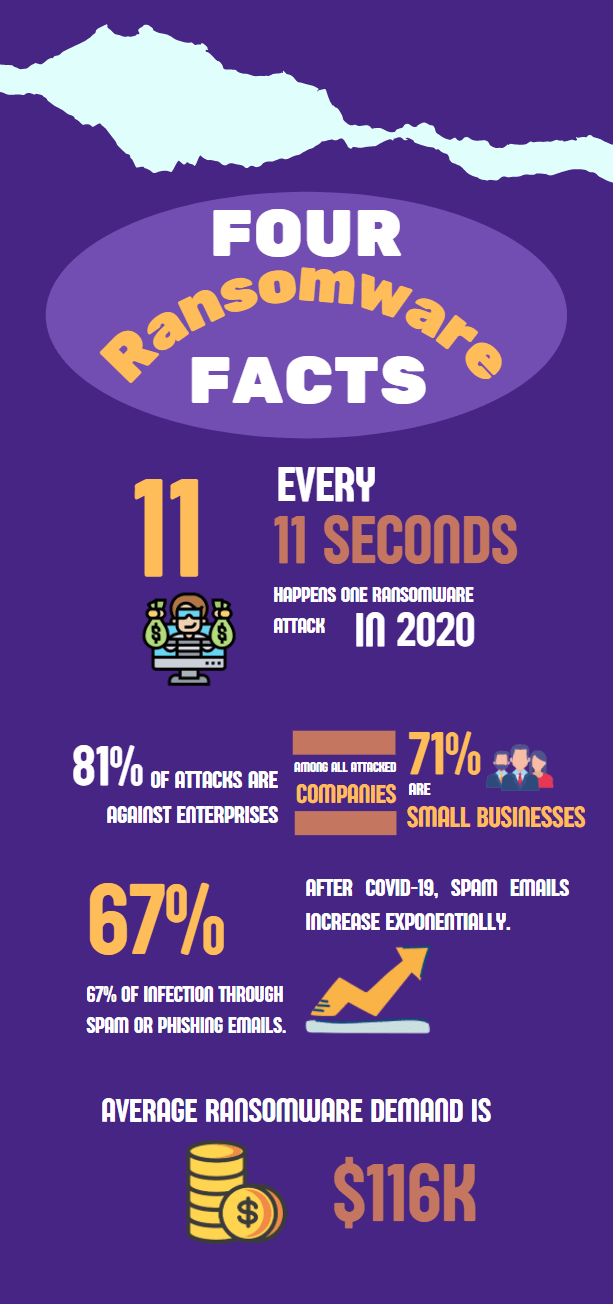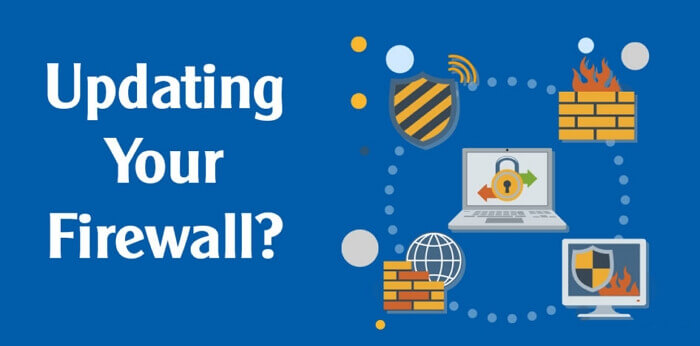Ransomware Prevention: Protect Your Data with Backup Strategies
Quick Navigation:
| Workable Solutions | Benefits |
|---|---|
| Don't Click the Link | It's really the most effective way of prevention...Full steps |
| Make a Backup | Back up the important data to the server...Full steps |
| Update the Email System | Greatly avoid virus or hacker attacks...Full steps |
| Strengthen Employee Awareness | Avoid critical information falling into hackers...Full steps |
Ransomware is malware that encrypts all of the victim's files, which hackers use as a threat to extort money from the victim. During the initial infection, ransomware attempts to spread through the victim's network, including servers, accessible computers, attached external devices or shared drives, and other accessible systems. When the data is encrypted, the victim will not be able to access any files, databases, or applications. Hackers will demand a ransom from victims in exchange for decryption keys to recover data.
Numbers in Ransomware
11
In 2021, it was reported that there is one ransomware attack every 11 seconds, which costs organizations and individuals about $20 billion.
81% and 71%
Of all reported ransomware attacks, 81% were against enterprises. And of the attacked enterprises, 71% were small businesses.
67%
67% of ransomware infection methods are carried out through spam or phishing emails. And because of the COVID-19 pandemic, the number of phishing emails has grown exponentially.
$116k
After being attacked, the average ransomware demand is $116k. The famous Ryuk ransomware even demanded $12.5 million. However, there is still 40% of victims who paid for the ransom did not receive their data.

How to Prevent Ransomware
As can be seen from the above figures, enterprises, especially small and medium-sized businesses, are the main victims of ransomware. And once you encounter a ransomware attack, you will suffer huge monetary losses, and you may also not be able to get your data back. So in daily life and work, how to prevent yourself from a ransomware attack?
1. Don't Click the Link!
While this may sound like a cliché, it's really the most effective way of prevention. Given that the most common method of ransomware attacks is realized through spam and phishing emails, if you receive an unfamiliar email, don't click on any link in it without confirming who it is from!
In addition to not clicking on links in spam emails, you'd better not download software from unofficial websites, as viruses or ransomware codes are likely to be hidden in such software from unknown sources. Once you download and install such software, the data security of your computer and even the computers in the entire local area network will be affected.

2. Make a Backup
As an enterprise manager or head of the IT department, you must know the importance of backing up data. There are many backup services for enterprises on the market, which can back up the important data of the company to the server or cloud. Of course, these services can be expensive. If your business is small and has a limited budget, you can also use third-party software to make backups yourself.
Qiling Backup is a recommended enterprise backup software. It is designed to satisfy the backup needs of all sizes of businesses, from a single workstation to enterprises of different platforms. It also works in a simple way to minimize your backup time and process. You can set the backup schedule according to your needs, such as starting the backup at a specific time or event. After setting, the software will automatically back up your data to the selected location, such as disk, NAS device, virtual machine, or cloud service.

3. Updated the Email System and Firewall
Many businesses use their own email systems, and if your company does, be sure to set up a spam filter, which can help filter out most of the spam or phishing emails. In addition, timely updates of the mail system can also avoid virus or hacker attacks to a certain extent.
A firewall is also a very important protection method for the company. It can timely discover and deal with the possible security risks and data transmission problems when the computer network is running. To ensure the security of computer network operation, protect the integrity of user data and information, and provide users with a better and safer computer network experience. So do remember to update your firewall.

4. Strengthen Employee Safety Awareness Training
It is necessary for any organization to invest in security training courses that prepare employees to manage information security risks. For employees, understanding how to handle sensitive data on their devices and the risks associated with information security is a must-have skill. Organizations should provide employees with effective cyber security awareness training to avoid critical information falling into the hands of hackers, resulting in more losses.
Warning: Never Pay for Ransomware!
I know you may be very anxious to get your data back, but many agencies, including the FBI and Homeland Security, do not recommend paying a ransom to hackers. While paying the ransom might help you get your data back, it's also possible that you'll lose both the money and the data. So what exactly should you do after a ransomware attack? Here's the answer.
For cybercriminals, ransomware is a sustainable and profitable "business" model that puts every organization at risk. In many cases, paying the ransom is the easier and cheaper way to recover data. But supporting the attacker's business model will only lead to more ransomware.
Law enforcement agencies advise against making payments because doing so encourages continued criminal activity. In some cases, paying the ransom may even be illegal because it funds criminal activity.
We recommend engaging with professional incident response teams, law enforcement, and regulators before negotiating with attackers.
Related Articles
- Compare Windows 11 and Windows 10: Five Facts You Should Know and common FAQs
- Qiling Backup Free vs Home: Am I Giving Too Much Away?
- Why Is OneDrive Not Syncing on Windows PC? Answers and Fixes Are Here!
- Exclude OneDrive from Antivirus Software Scan